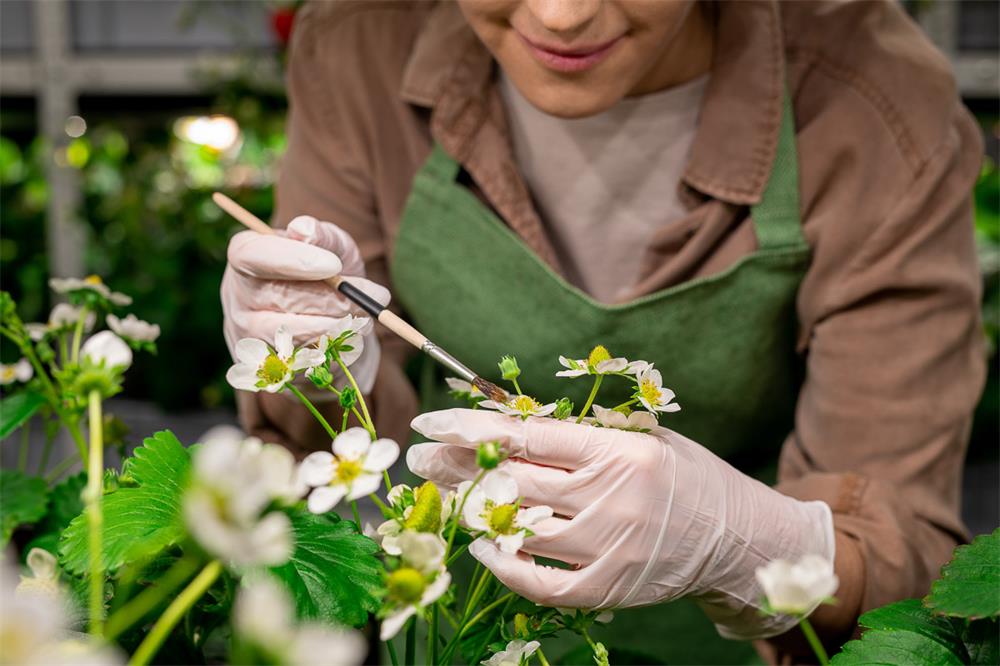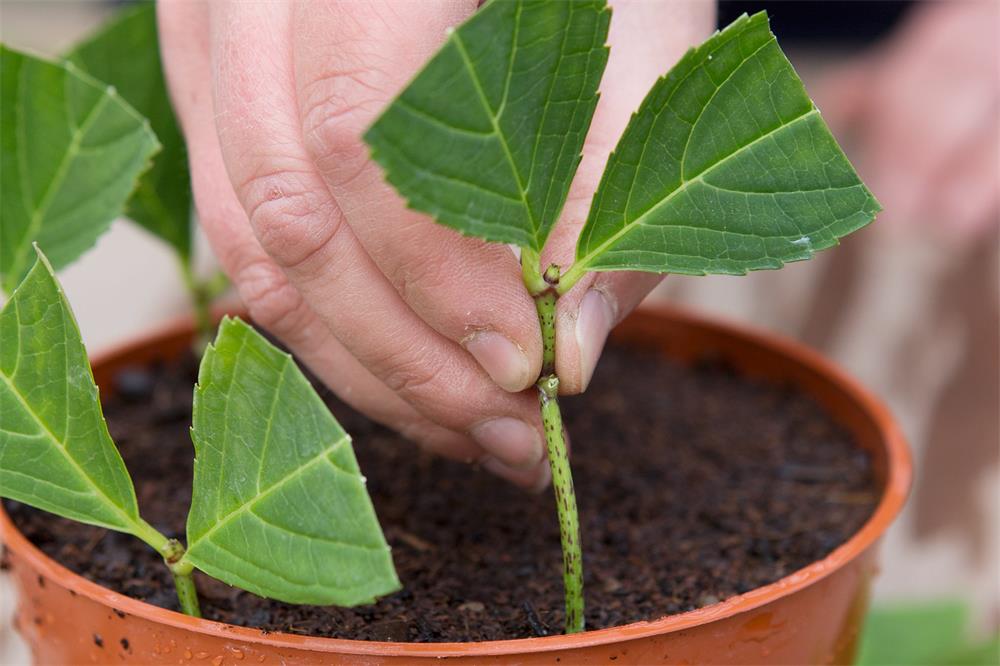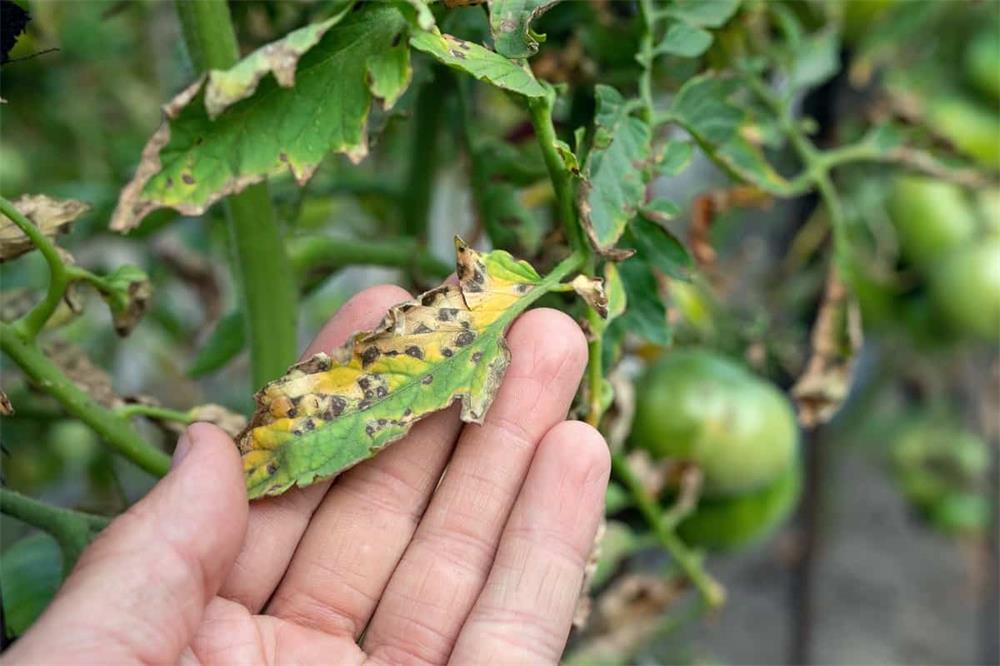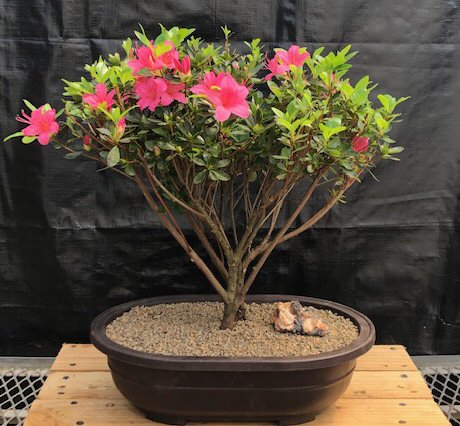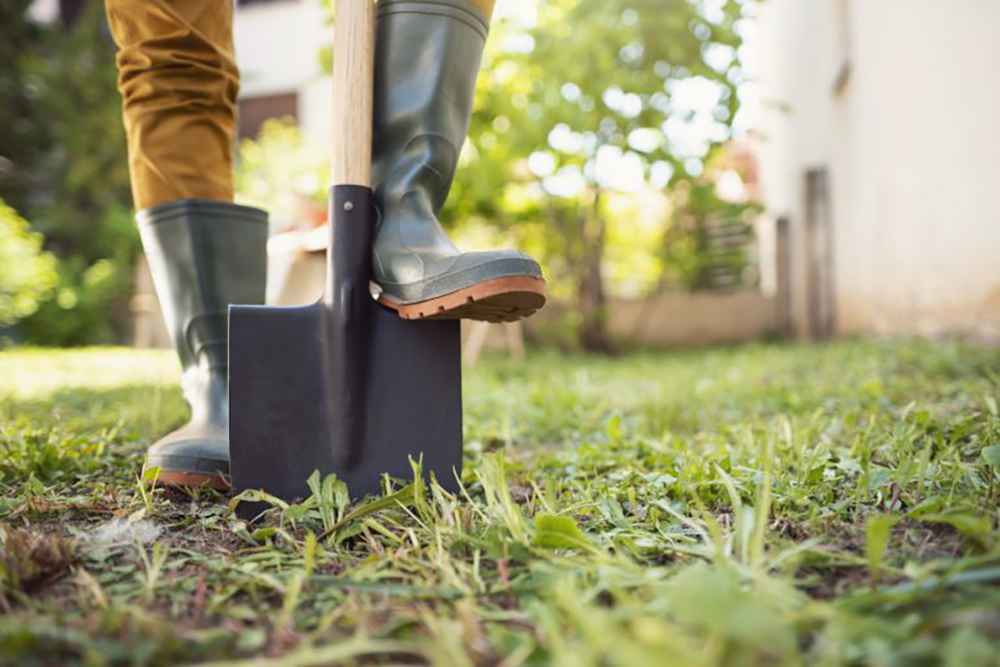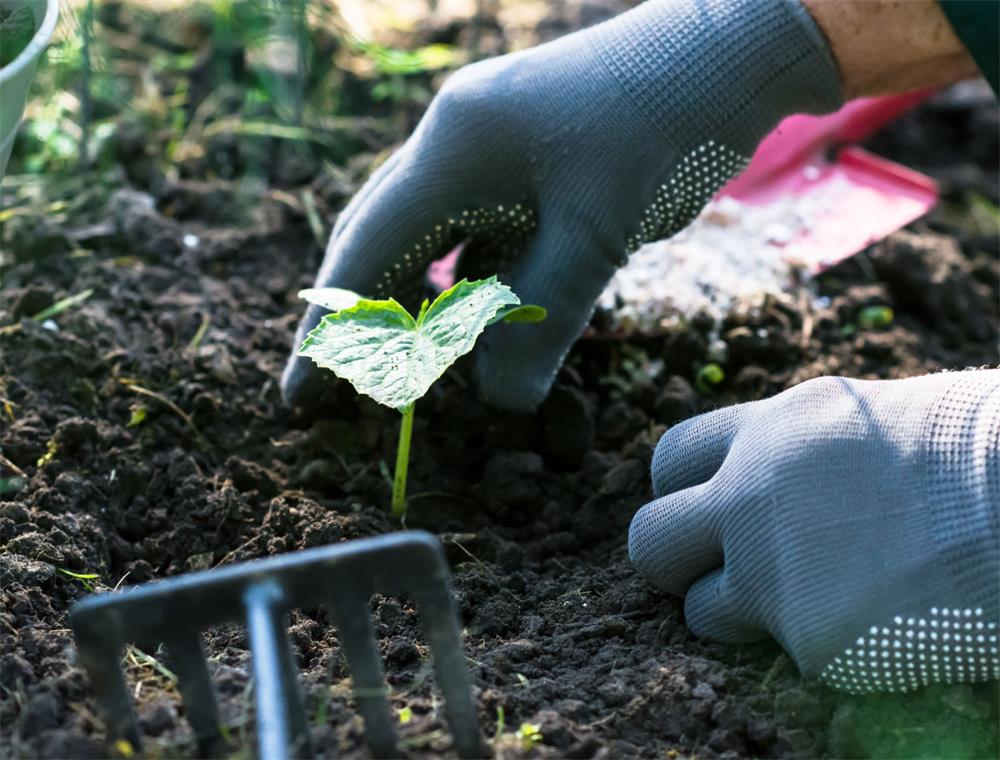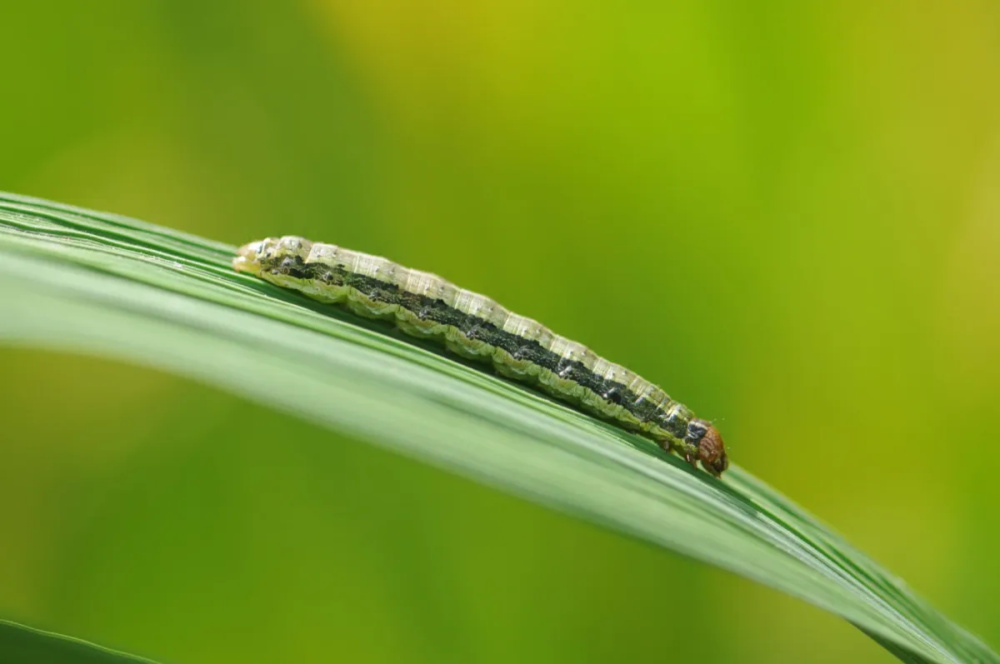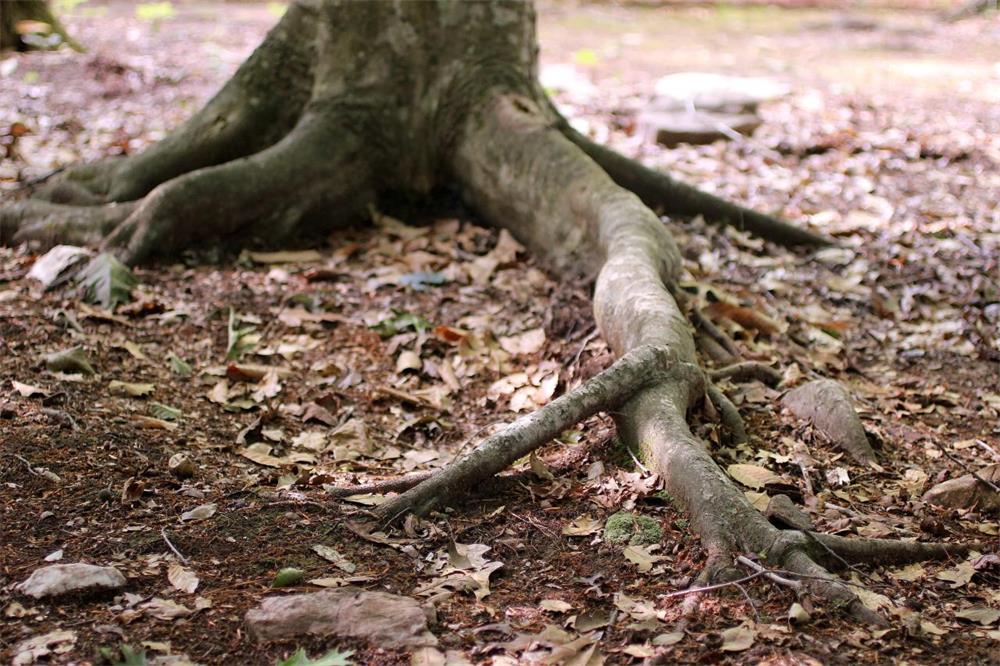
Table of Contents
Tree roots are essential for the health and survival of trees, but they can also cause problems in your garden. Tree roots can damage underground pipes, pavement, sidewalks, foundations, and other structures. They can also interfere with lawn care, create tripping hazards, and compete with other plants for water and nutrients. In this article, we will explore some of the common problems caused by tree roots and how to prevent or solve them.
Damage to Underground Pipes
One of the most serious problems caused by tree roots is when they grow into or around underground pipes, such as sewer lines, water lines, or gas lines. This can lead to pipe blockages, leaks, cracks, or bursts, which can result in flooding, sewage backups, contamination, or fire hazards.
Tree roots are attracted to pipes because they provide moisture, oxygen, and nutrients. Some trees are more prone to causing pipe damage than others, such as aspens, birches, elms, maples, poplars, swamp oaks, sycamores, willows, and fig trees.
To prevent pipe damage from tree roots, you should:
- Know where the pipes are located on your property and avoid planting trees near them.
- Plant trees as far away from the pipes as possible. A general rule is to plant trees with a mature height of fewer than 30 feet at least five feet away from the pipes, and trees with a mature height of 50 feet not closer than five to six feet from the pipes.
- Choose trees that have less aggressive root systems, such as amur maples, Japanese maples, flowering dogwoods, or crabapples.
- Install mechanical barriers along the tree side of the pipes to prevent roots from growing into them. These can be made of metal, plastic, or fabric.
- Use chemical treatments to kill or inhibit root growth in the pipes. These can be applied by professionals or by yourself using products that contain copper sulfate or potassium hydroxide.
If you already have pipe damage from tree roots, you should:
- Contact a plumber or a utility company to inspect and repair the pipes as soon as possible.
- Cut off any roots that are exposed or protruding from the pipes. Do not cut more than 20% of the root system at a time to avoid harming the tree.
- Consult an arborist or a tree expert to assess the health and stability of the tree. You may need to prune or remove the tree if it poses a risk to your property or safety.
Damage to Pavement and Sidewalks
Another common problem caused by tree roots is when they lift or crack pavement and sidewalks. This can happen when the roots grow close to or under the surface and push against the hard material. This can cause damage to the pavement or sidewalk, as well as create a tripping hazard for pedestrians.
Tree roots can grow under pavement and sidewalks for several reasons, such as:
- The soil under the pavement or sidewalk is compacted or poorly drained, which forces the roots to seek oxygen and moisture near the surface.
- The pavement or sidewalk is too close to the tree trunk or canopy, which limits the space for root expansion.
- The pavement or sidewalk is installed over existing roots without proper protection or clearance.
To prevent pavement and sidewalk damage from tree roots, you should:
- Plant smaller trees and keep a minimum distance of four feet between the tree and the pavement or sidewalk. A rule of thumb is to plant trees with a mature height of fewer than 30 feet at least five feet away from the sidewalk, and trees with a mature height of 50 feet not closer than five to six feet from the pavement. Avoid any trees that exceed that size.
- Install mechanical barriers along the tree side of the pavement or sidewalk to prevent roots from growing underneath. These can be made of metal, plastic, or fabric.
- Use flexible materials for pavement or sidewalk construction, such as asphalt, rubber, or gravel, which can accommodate root growth without cracking.
- Use root-friendly designs for pavement or sidewalk construction, such as bridging, curving, or cutting, which can reduce root pressure and allow for root expansion.
If you already have pavement or sidewalk damage from tree roots, you should:
- Contact a contractor or a city official to inspect and repair the pavement or sidewalk as soon as possible.
- Cut off any roots that are exposed or protruding from the pavement or sidewalk. Do not cut more than 20% of the root system at a time to avoid harming the tree.
- Consult an arborist or a tree expert to assess the health and stability of the tree. You may need to prune or remove the tree if it poses a risk to your property or safety.
Damage to Foundations
A less common but more serious problem caused by tree roots is when they damage the foundations of buildings or structures. This can happen when the roots grow under or around the foundation and exert pressure, moisture, or movement on it. This can cause cracks, leaks, shifts, or collapses in the foundation, which can compromise the structural integrity and safety of the building or structure.
Tree roots can damage foundations for several reasons, such as:
- The soil under the foundation is loose, sandy, or clayey, which allows the roots to penetrate and expand easily.
- The foundation is shallow, weak, or poorly constructed, which makes it vulnerable to root intrusion and pressure.
- The foundation is too close to the tree trunk or canopy, which limits the space for root expansion.
- The foundation is installed over existing roots without proper protection or clearance.
To prevent foundation damage from tree roots, you should:
- Plant trees as far away from the foundation as possible. A general rule is to plant trees with a mature height of fewer than 30 feet at least 10 feet away from the foundation, and trees with a mature height of 50 feet not closer than 15 feet from the foundation. Avoid any trees that exceed that size.
- Choose trees that have less aggressive root systems, such as amur maples, Japanese maples, flowering dogwoods, or crabapples.
- Install mechanical barriers along the tree side of the foundation to prevent roots from growing underneath. These can be made of metal, plastic, or fabric.
- Use root-friendly designs for foundation construction, such as piers, pilings, or slabs, which can reduce root pressure and allow for root expansion.
If you already have foundation damage from tree roots, you should:
- Contact a contractor or a structural engineer to inspect and repair the foundation as soon as possible.
- Cut off any roots that are exposed or protruding from the foundation. Do not cut more than 20% of the root system at a time to avoid harming the tree.
- Consult an arborist or a tree expert to assess the health and stability of the tree. You may need to prune or remove the tree if it poses a risk to your property or safety.
How to Protect Exposed Tree Roots
Exposed tree roots are not necessarily a problem by themselves unless they are threatened by mechanical damage from lawnmowers, weed eaters, or other tools. Mechanical damage to these roots can be very harmful to the tree and make it more susceptible to diseases and pests.
Exposed tree roots can occur for several reasons, such as:
- The soil around the roots is eroded by water, wind, or foot traffic.
- The soil around the roots is compacted by heavy equipment, vehicles, or animals.
- The soil around the roots is poorly drained or lacks organic matter.
- The tree is planted too deeply or has a girdling root that restricts its growth.
To protect exposed tree roots, you should:
- Avoid cutting, digging, or tilling around the roots.
- Avoid walking, driving, or parking over the roots.
- Avoid applying chemicals, fertilizers, or herbicides near the roots.
- Apply mulch around the roots to conserve moisture, prevent erosion, and reduce compaction. Use organic mulch such as wood chips, bark, or leaves, and spread it two to four inches thick but not touching the trunk.
- Water the roots regularly during dry periods to prevent dehydration. Use a soaker hose or a drip irrigation system and water deeply but infrequently.
You should not cover exposed tree roots with soil unless they are very shallow and only need a thin layer of soil to protect them. Covering exposed tree roots with too much soil can suffocate them and deprive them of oxygen.
Conclusion
Tree roots are vital for the survival and health of trees, but they can also cause problems in your garden. Tree roots can damage underground pipes, pavement, sidewalks, foundations, and other structures. They can also interfere with lawn care, create tripping hazards, and compete with other plants for water and nutrients.
To prevent or solve these problems, you need to know where the roots are located, how far they spread, and how they interact with their surroundings. You also need to choose the right trees for your site, install mechanical barriers or root-friendly designs for your structures, and protect exposed roots from mechanical damage or soil suffocation.
By following these tips, you can enjoy the benefits of trees in your garden without compromising your property or safety.



